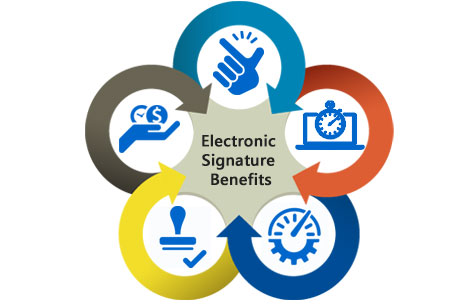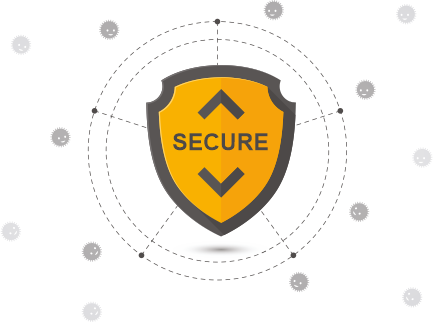Top Rated Electronic Signature Software – Foxit eSign
Use the most powerful e signature software for free.
- Foxit eSign is easy to use and Most Comprehensive Electronic Signature Software
- Legally binding e Signature on all web and mobile platforms
- Multiple out-of-the-box integrations and robust APIs











